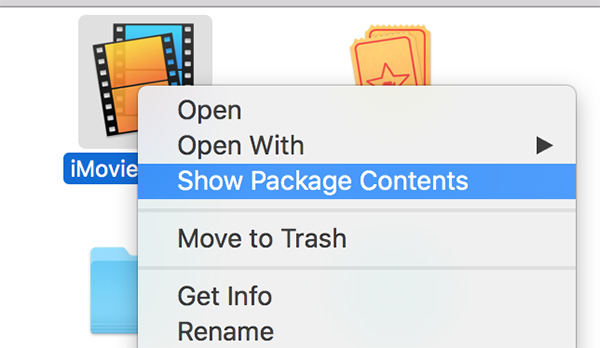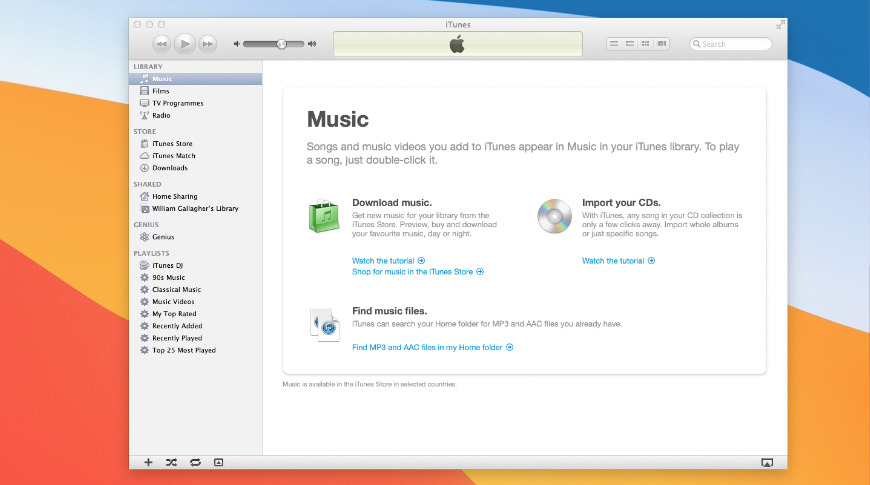Iphoto Catalina Upgrade
- Lost Iphoto With Catalina Upgrade
- Iphoto Catalina Upgrade Kit
- Upgrade Iphoto For Catalina
- Iphoto Catalina Upgrade Download
IPhoto is no longer supported on Catalina, because it uses some 32bit code, that is not compatible. There will probably be no update for iPhoto. The last update for iPhoto has been released early 2015, when Apple stopped the developement of iPhoto and replaced it by Photos for Mac. Use the Photos for Mac application to open your iPhoto Libraries.

- The Photos app in macOS Catalina underwent a major upgrade, bringing many iOS 13 Photos features to the Mac OS. And while Photos retains much of the same user interface as recent versions, the entire app feels snappier, while supporting many new features.
- Run Aperture, iPhoto, and iTunes on macOS Big Sur and macOS Catalina. Xcode 11.7 on macOS Mojave. Final Cut Pro 7, Logic Pro 9, and iWork ’09 on macOS Mojave or macOS High Sierra.
When you open a library created by an earlier version of iPhoto, you might see a message that says 'Library version too old. Please upgrade your library 'iPhoto Library' using the free iPhoto Library Upgrader available from Apple.'
The iPhoto Library Upgrader prepares libraries from iPhoto '08 (v7.x) or earlier so that you can use them with the current version of iPhoto or Photos for OS X. If your library was created by iPhoto '09 (v8.x) or later, you don't need to use this tool.
Lost Iphoto With Catalina Upgrade
Using the iPhoto Library Upgrader tool
- Download and install the tool. When you see a green checkmark above 'The installation was successful,' click Close.
- In the Finder, choose the Go menu and then choose Utilities.
- In the Utilities folder, open the iPhoto Library Upgrader.
- If the library shown in the window is not the one you want to upgrade, click Choose Library and select the correct iPhoto Library.
- Click Continue to upgrade your library.
- When you see 'Your library can now be upgraded by the current version of iPhoto. Do you want to launch iPhoto?' click Quit.

You can now use the upgraded library in iPhoto ’11 (v9.x) or later, or you can migrate your library to Photos for OS X if you're running OS X Yosemite v10.10.3 or later.
Iphoto Catalina Upgrade Kit
If you’ve continued to use iPhoto after Apple discontinued it in 2015, you had to know its days were numbered. Many people preferred iPhoto’s controls and the new Photos app was initially missing features and buggy, crashy, and slow at times. Photos has improved substantially, though it’s still not everyone’s cup of tea.
Now, iPhoto’s number is finally truly up. The outdated software won’t launch in macOS Catalina, because its core functions rely on a software framework Apple has also sent riding into the sunset.
If you upgraded to Catalina without first launching Photos or finding another solution, what options do you have? Plenty.
Launch Photos in Catalina. Photos can still read and upgrade an iPhoto library, as it doesn’t require launching iPhoto. Photos doesn’t copy the iPhoto images, but it uses a special kind of link that lets the same file exist in two places, avoiding increasing your storage requirements.
Switch to Google Photos. Google offers desktop and mobile apps for importing images and syncs via its cloud service. You can have the desktop software read an iPhoto library to upload your images.
Switch to Adobe Lightroom for photo library managing and maybe for cloud-based sync. Adobe offers two different versions: one is oriented towards images stored on a computer (Lightroom Classic), while the other leans heavily on cloud-based sharing and access for mobile, desktop, and Web (the weirdly named Adobe Photoshop Lightroom). The cloud-oriented version is just $10 a month, which includes 1TB of storage and the use of all the apps across your devices.
Install a virtual machine to keep macOS Mojave or an earlier macOS running for iPhoto and other apps. While it’s not a solution forever, you can use Parallels or VMWare Fusion within Catalina. You can postpone making a change for a little or long while. (You could also revert to Mojave, but that’s a time-limited choice, too, and Mac models released after this point won’t run macOS before Catalina.)

With Google Photos and either Lightroom choice, you won’t be able to preserve metadata added in iPhoto, however. And you might not be able to import modified versions of photos you edited within iPhoto—only the originals. Upgrading to Photos or using a virtual machine preserves both.
This Mac 911 article is in response to a question submitted by Macworld reader Ken.
Upgrade Iphoto For Catalina
Ask Mac 911
Iphoto Catalina Upgrade Download
We’ve compiled a list of the questions we get asked most frequently along with answers and links to columns: read our super FAQ to see if your question is covered. If not, we’re always looking for new problems to solve! Email yours to mac911@macworld.com including screen captures as appropriate, and whether you want your full name used. Not every question will be answered, we don’t reply to email, and we cannot provide direct troubleshooting advice.